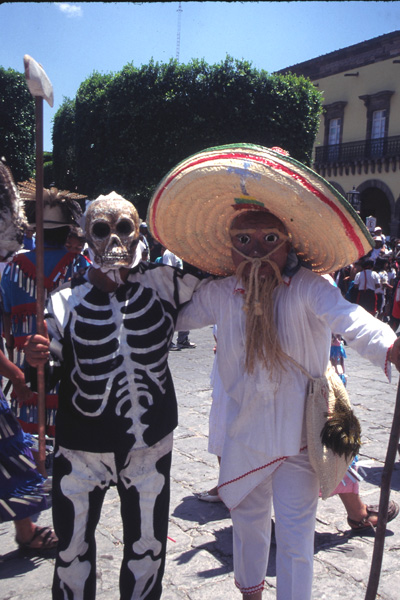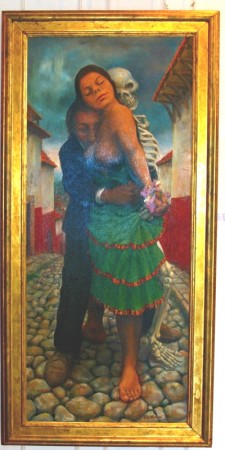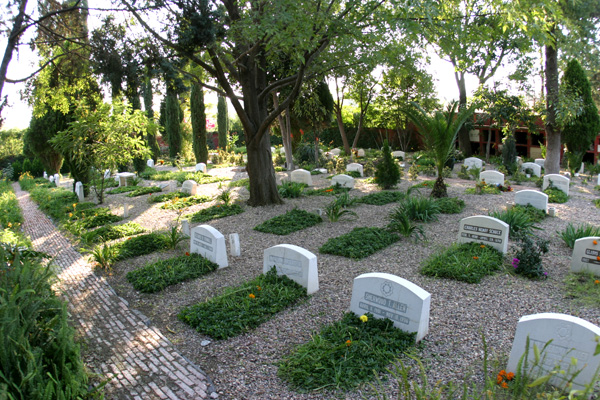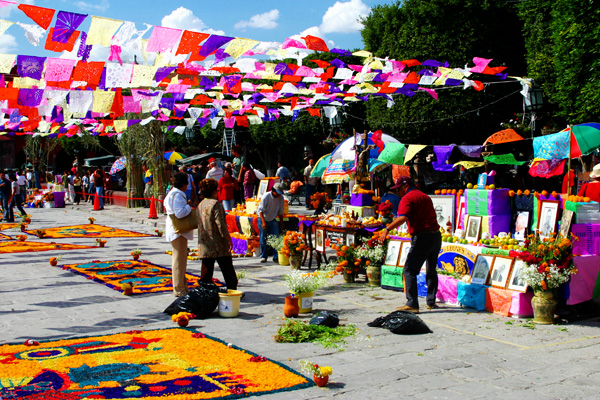I can be so oblivious at times. Early Saturday evening I stopped into Carol’s shop on Aldama. We’d agreed to meet for cocktails at Harry’s but when I arrived, she was still working on her computer. “Do you need more time?” I asked her.
“I’m just finishing up,” she said. “Let me just switch into my combat cocktail shoes.”
She reached beneath her desk and pulled on a pair of tan wedges with thick soles. “What did you call those?” I said as she locked up.
“What?”
“Your shoes.”
“Ah,” she said, looking down at her feet. “Marta’s famous combat cocktail shoes. Haven’t you noticed? Everyone wears them.”
“Everyone?”
“Well, the women. Take a look when we get to Harry’s.”
And she was right. At least half the women in the bar were wearing some variation of this sandal, which seemed to come in a multitude of colors from candy apple red to lime green. “So what’s the story on these things?” I asked her as we ordered martinis.
Well, said Carol, maybe you’ve never noticed but the combination of hills and cobblestone streets in San Miguel is killer if you’re a woman. About the only thing safe to wear on your feet are athletic shoes. Or hiking boots. Which is a problem when you want to put on a little black dress and go somewhere fun for drinks.
Okay.
Thus the combat cocktail shoe. She held her foot out in front of her so I could admire it. “Feel the strap,” she said. I did. It was elastic. Like a thicker, firmer Ace bandage. “The thick rubber soles give you traction on the wet cobblestones and the elastic straps give you support. But they’re kind of cute, don’t you think?”
No bad.
According to Carol, the combat cocktail shoes were created by a Leon accountant, Santiago Gallardo, and his wife, Marta Lopez. Gallardo came up with the concept and then Marta and her daughter, Paulina, opened a small zapateria in San Miguel to sell the shoes. They started with just one design and a couple of colors almost 15 years ago, with Gallardo making half a dozen pairs of shoes a day by hand. Now there are dozens of styles and colors, and Marta runs three shoes stores in town.
“I know women that have 20 pairs of these shoes,” Carol said.
“And you?”
“Three or four,” Carol said, sipping her martini. “Okay, maybe five.” And then, after a pause, she said, “I wish I’d come up with the idea. They’re brilliant.”
Obviously many of the women at Harry’s thought so as well. And to think I’d never even noticed them before.
So if you are a woman and you come to San Miguel, probably the first thing you’ll want to do is walk down Mesones and drop in to Zapateria Marta where for $35 or so, you can get a pair of her San Miguel shoes. Or you can order them from her on-line for the delivery in the states through Outersoul. But that will cost you twice as much. Just another reason to go to San Miguel.










Recent Comments